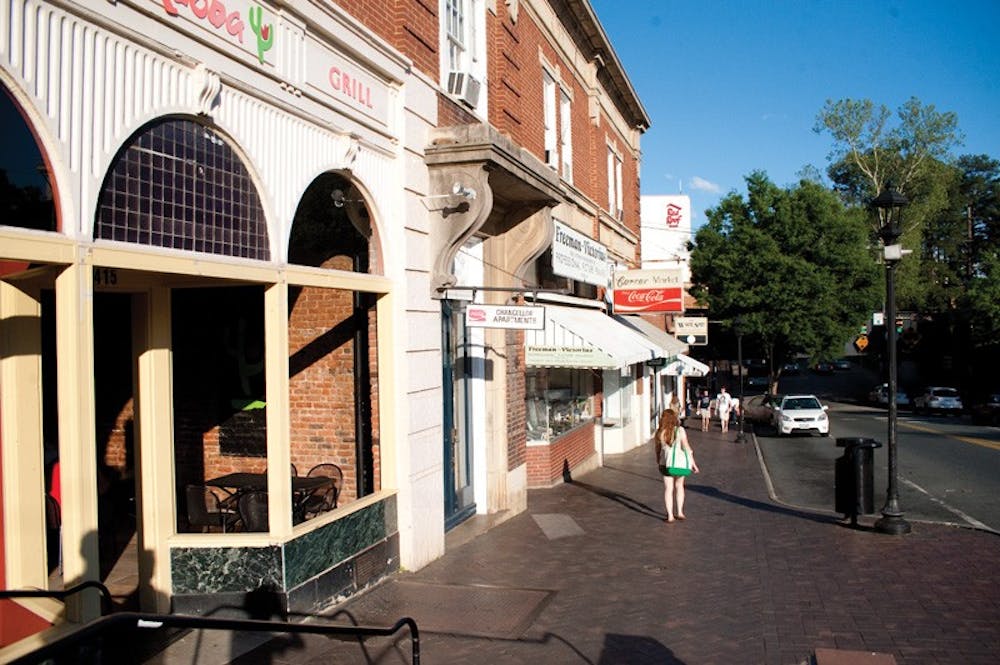The University Police Department released its Annual Security Report last Monday, providing information about specific crimes reported in 2012, as well as crime statistics, safety assessments and information regarding University Police services and policies.
The report was released in compliance with the Clery Act, which mandates that all colleges and universities that receive federal financial aid maintain records and release information about crime on or near campuses.
University Chief of Police Michael Gibson said in an email to students Monday that the report provides a broad assessment of both on-Grounds safety and security in the surrounding Charlottesville area.
“The security report contains three years of crime statistics related to incidents that occurred on the campus, in certain off-campus buildings or property owned or controlled by the University of Virginia, and on public property immediately adjacent to and accessible to University Grounds,” Gibson said in the email.
Data is organized so that the type and number of crimes reported to different organizations are given separately. The majority of crimes were reported directly to the University Police. University Police Captain Mike Coleman said the University Police had managed to hold down the crime rate despite an increasing population.
“If you look at the serious crimes reported on the chart, you will note that these crimes have remained somewhat even over the last two years and somewhat less than in 2010,” Coleman said in an email. “This indicates that the University has been able to do a good job at controlling serious crime.”
The report notes that burglaries were among the most heavily reported crimes, though the numbers remained relatively stable across the three-year period, with 68, 53 and 60 reported in 2010, 2011 and 2012, respectively.
The report also indicates that on-campus motor vehicle thefts were among the crimes most reported to the University Police. In 2010 there were five stolen motor vehicles reported, though this figure more than tripled to 16 in 2011 before falling to nine in 2012.
Levels of reported forcible sex offenses decreased from 2010 to 2012. There were 12 reported forcible sex offenses in 2010 on Grounds, and this figure decreased to eight in 2011 and to seven in 2012. Similarly, there were nine reported forcible sex offenses in 2010 at University residential facilities, but that number dropped to six in both 2011 and 2012.
The report also said that the number of reported drug law violations in residence halls decreased in the year 2012. There were nine arrests for drug law violations in 2011 in University residential facilities, but this figure decreased to three in 2012. Likewise, while there were 11 reported disciplinary referrals for drug law violations in 2011 in residential facilities, and there were none in 2012. But the total number of on-Grounds drug law violations increased in that same time period.
Coleman said his major concern regarding the report data is “the high level of alcohol usage as shown by the number of alcohol disciplinary referrals plus arrests.”
“People who are heavily intoxicated are more likely to be both the perpetrators and victims of crimes,” Coleman said. He said this is a problem that, in the end, can only be remedied by students themselves.
Fourth-year College student Taylor Locks, one of the co-chairs of Housing and Residence Life, said the office had not seen any notable increase in alcohol-related issues, to the best of her knowledge.
“We are always concerned with student safety and looking to improve the training of our student staff members,” Locks said. “However, I do not know [of] a specific concern with high rates of consumption of alcohol except as it relates to underage students living within our communities who are prohibited to have alcohol.”
The report is available on the University Police website.







